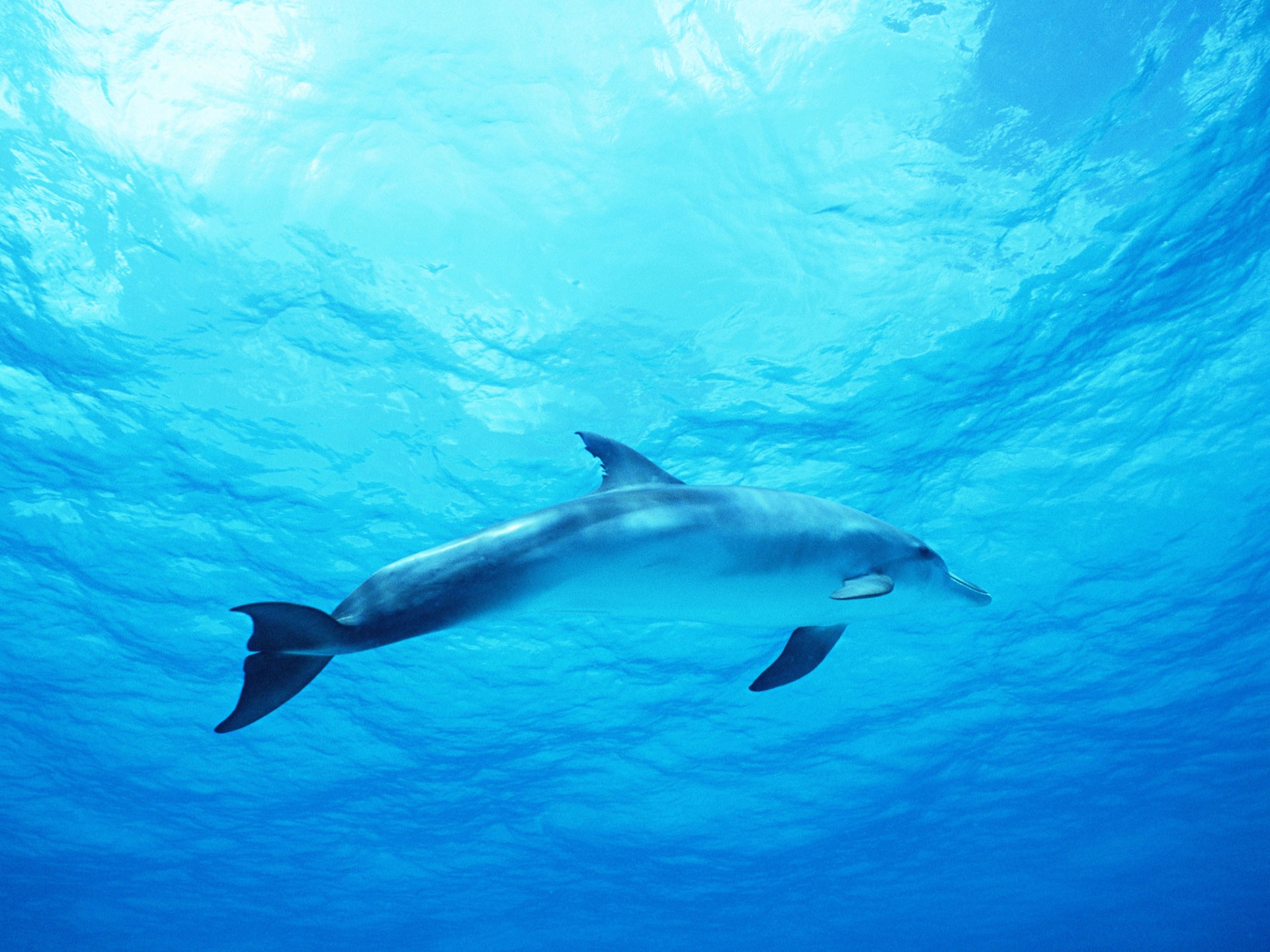This! 28+ Reasons for Deep Sea Definition: Maybe you would like to learn more about one of these?
Deep Sea Definition | The deep sea or deep layer is the lowest layer in the ocean, existing below the thermocline and above the seabed, at a depth of 1000 fathoms (1800 m) or more. Maybe you would like to learn more about one of these? Little or no light penetrates this part of the ocean, and most of the organisms that live there rely for subsistence on falling organic matter produced in the photic zone.
The deep sea or deep layer is the lowest layer in the ocean, existing below the thermocline and above the seabed, at a depth of 1000 fathoms (1800 m) or more. Little or no light penetrates this part of the ocean, and most of the organisms that live there rely for subsistence on falling organic matter produced in the photic zone. Maybe you would like to learn more about one of these?

Maybe you would like to learn more about one of these? The deep sea or deep layer is the lowest layer in the ocean, existing below the thermocline and above the seabed, at a depth of 1000 fathoms (1800 m) or more. Little or no light penetrates this part of the ocean, and most of the organisms that live there rely for subsistence on falling organic matter produced in the photic zone.
The deep sea or deep layer is the lowest layer in the ocean, existing below the thermocline and above the seabed, at a depth of 1000 fathoms (1800 m) or more. Little or no light penetrates this part of the ocean, and most of the organisms that live there rely for subsistence on falling organic matter produced in the photic zone. Maybe you would like to learn more about one of these?

Little or no light penetrates this part of the ocean, and most of the organisms that live there rely for subsistence on falling organic matter produced in the photic zone. The deep sea or deep layer is the lowest layer in the ocean, existing below the thermocline and above the seabed, at a depth of 1000 fathoms (1800 m) or more. Maybe you would like to learn more about one of these?
The deep sea or deep layer is the lowest layer in the ocean, existing below the thermocline and above the seabed, at a depth of 1000 fathoms (1800 m) or more. Little or no light penetrates this part of the ocean, and most of the organisms that live there rely for subsistence on falling organic matter produced in the photic zone. Maybe you would like to learn more about one of these?

Little or no light penetrates this part of the ocean, and most of the organisms that live there rely for subsistence on falling organic matter produced in the photic zone. The deep sea or deep layer is the lowest layer in the ocean, existing below the thermocline and above the seabed, at a depth of 1000 fathoms (1800 m) or more. Maybe you would like to learn more about one of these?
Deep Sea Definition: Little or no light penetrates this part of the ocean, and most of the organisms that live there rely for subsistence on falling organic matter produced in the photic zone.

Post a Comment
Post a Comment